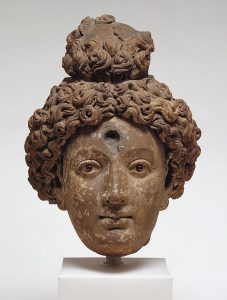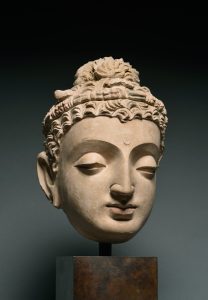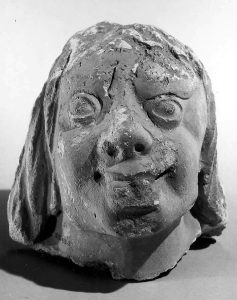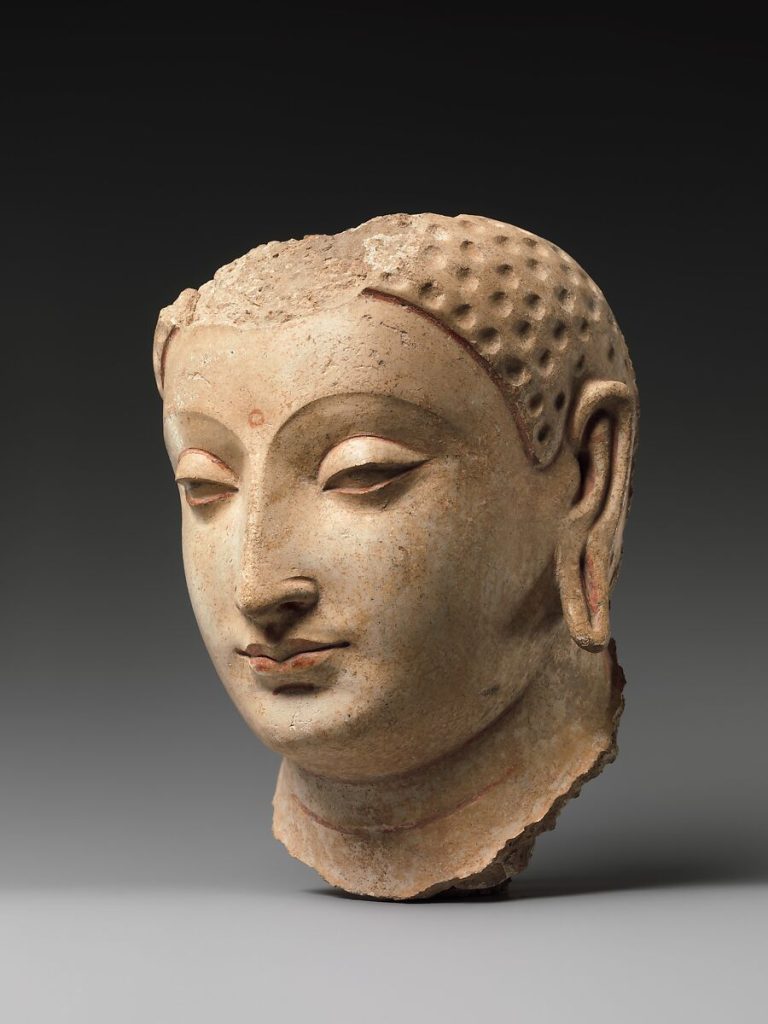Smriti Malhotra
A religion that had a significant presence in Afghanistan was Buddhism between the 2nd to 5th centuries C.E. The region was littered with multiple monasteries, temples and other structures. The Buddhist community was one of the many communities that were formed in Central Asia around the same period. The art and architecture that flourished around the time reflect not just Buddhist philosophies and doctrines but were also suggestive of the Hellenised Afghanistan with its Bactrian Greek history The Buddhist monasteries were covered in beautiful and intricate carvings and sculptures including the popular Bamiyan sculptures which were carved into the cliffs of Bamiyan Valley dating back to 5th to 6th century C.E. They were believed to be the largest Buddhist sculptures in the world until the moment they were destroyed by the Taliban in 2001. Many art historians believed that these statues belonged to an experimental phase and were not the best in Buddhist art. Amongst these two sculptures, many other cultural forms of heritage such as monasteries, jewellery, artefacts, etc have been destroyed in the region as a result of civil wars, and systematic looting of the ancient sites. This resulted in the disappearance of the valuable cultural heritage of Afghanistan.

Over the years, many antiquities such as statues, coins, ivory, jewellery, and bronzes have been discovered either accidentally or by planning which has given us a glimpse of the art that existed in the region. In this particular essay, we shall be touching upon the Hadda site, in Afghanistan and the various sculptural masterpieces that were excavated in the region. Hadda is believed to be a Greco-Buddhist archaeological site that is 10 km south of Jalalabad in the Nangarhar province of Afghanistan.

The region of Hadda was extensively excavated by Afghan archaeologists and a French archaeological team sent to Afghanistan under Jules Barthaoux in the twentieth century. A large collection of Buddhist art was discovered as a result of this, there were statues and sculptural heads which depicted various Buddhist deities and Bodhisattvas such as Avalokiteshwara, Maitreya and Buddha itself. Made using a range of materials such as stucco, stone and bronze. It is believed that around 23,000 sculptures made of plaster and clay were excavated between 1930-1970, and the influences are many within those sculptures. There are elements of Buddhism as well as Hellenistic style present in the findings.
The sculptures are reflective of the smooth and intricate carvings, delicate and soft features, and divine expressions that were intended to convey the peaceful nature of Buddhism.
Speaking about the Greek influence on the sculptures, Hadda in Afghanistan had seen the arrival of Greek artisans and craftsmen who were employed by Kushan rulers who wanted to merge both the aesthetic sensibilities of the region to make Buddhist art.
The Hadda sculptures are known for their realistic and lifelike depictions of Buddha and other related figures, the Hellenistic artistic style was relevant which incorporated the classical Greek figures, Romanesque art and the finesse of the art style. The anatomy of the human figure is rendered to perfection with flowing drapery, magnificent expression and intricate carving. The sculptures showcase Indian elements with the use of headdresses, influences from Mathura and later Gupta period as well as some Chinese influences as well.
According to author, art historian and critic William Dalrymple in a series of pictures he shared of the Hadda sculptures, some of the sculptures showcase profound sensitivity, the images are idealised but can also showcase a caricature of expression and emotions like the ones seen in demonic monsters and gargoyles. The human connection is showcased as well as friendship and warmth.

Courtesy: The Metropolitan Museum of Art, NewYork.
Many sculptures that were found in the excavations went to the National Museum of Afghanistan in Kabul, British Museum in London, UK and The Metropolitan Museum of Art, NewYork. However, the artefacts that went to the National Museum of Afghanistan were looted multiple times in the 1990s as a result of the civil war that erupted in the country and was also destroyed by many rockets in 1993 launched straight through the roof of the museum. The artefacts found in the excavations found their way into the Peshawar market, a few days after the museum was plundered and they found their way into private collections over the years. UNESCO with Interpol made efforts to repatriate the stolen and looted objects. As a result of their efforts, some 8000 objects have been brought back, out of which some 843 objects were returned from the British Museum including the very popular Begram Ivories of the 1st century C.E.
These beautiful sculptures are a testament to Buddhism that once flourished in the region reflecting the confluence of aesthetics and cultures. They give us an insight into the shared religious and cultural practices of Ancient Afghanistan. They are examples of the living and enduring legacy of Buddhism in that part of the world and the arts. While many of the sculptures and arts have been looted and lost over the years, some of the remaining pieces serve as a powerful reminder of the beauty and significance of ancient Buddhist art.
References:
https://frontline.thehindu.com/arts-and-culture/heritage/vandalised-afghanistan/article30244351.ece





